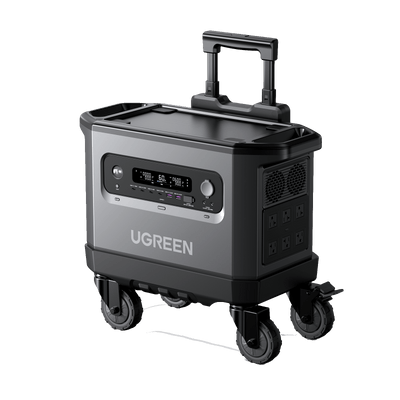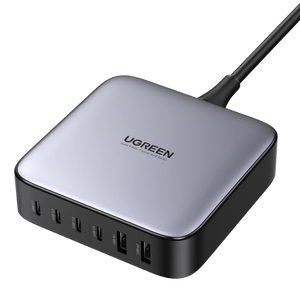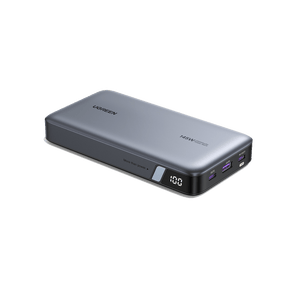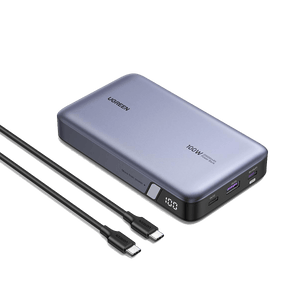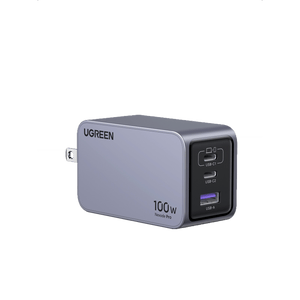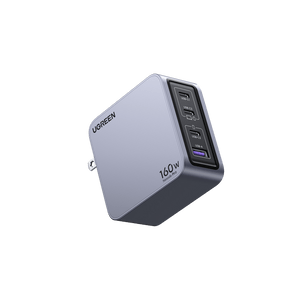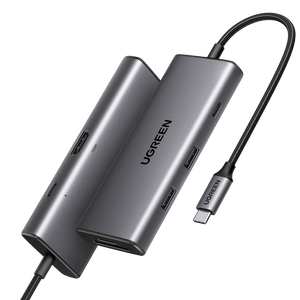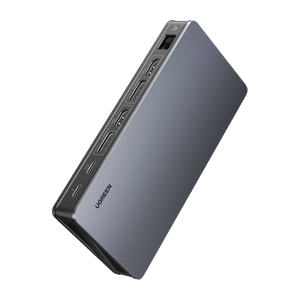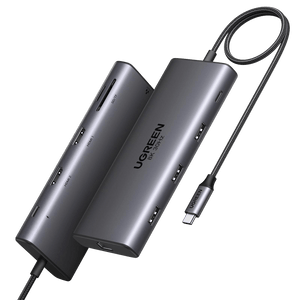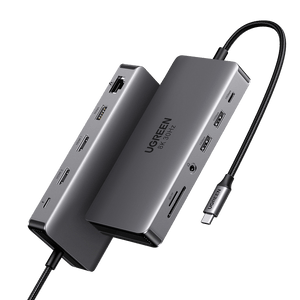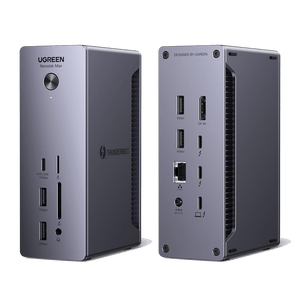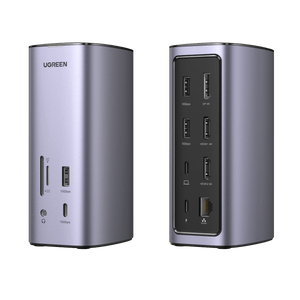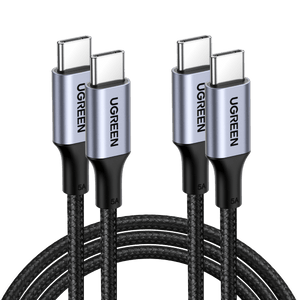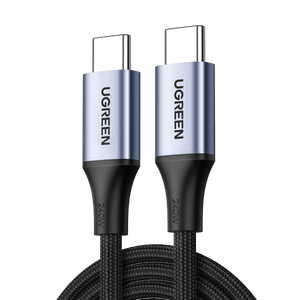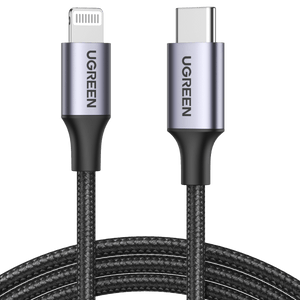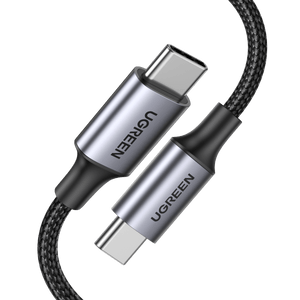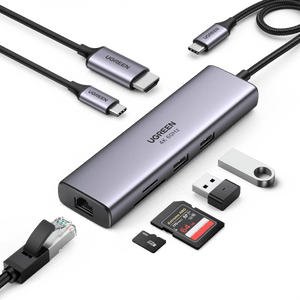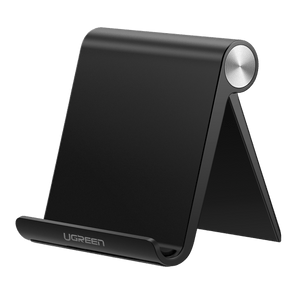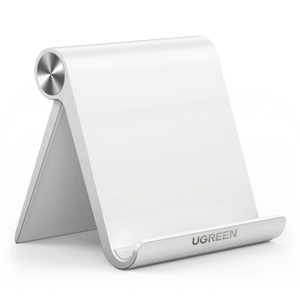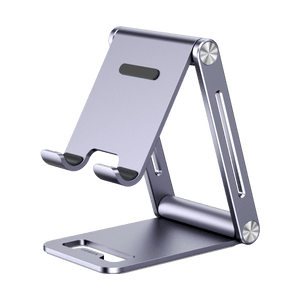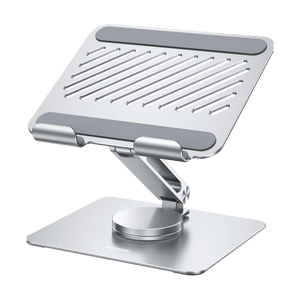How to Living off the Grid? A Step-by-Step Guide for Beginners [2025]
Do you aspire to a cashless, off grid existence? In the ever-evolving landscape of modern living, the concept of living off the grid for beginners has gained significant traction, especially among those seeking a self-sufficient and environmentally conscious lifestyle. Off grid living for beginners entails cutting off your access to conventional public utilities like electricity, water, and gas in favor of sustainable lifestyles and renewable energy sources.

This step-by-step guide will cover the benefits of living off the grid and having greater self-reliance. For those who are curious about living off the grid for beginners, we will offer a clear, step-by-step process, as well as useful insights and advice to get you started on this rewarding journey towards a life that is simpler and more independent.
Key Takeaways
- Off-grid living empowers self-sufficiency and sustainability through intentional preparation: Beginners can thrive by mastering skills like renewable energy use, water management, and sustainable agriculture, laying the foundation for a lifestyle free from public utilities.
- Location and climate are critical drivers of off-grid success: Choosing land with access to water, solar potential, and a suitable climate ensures resource availability, while land size and cost align with individual goals for self-reliance.
- Minimalist housing design enhances efficiency and reduces environmental impact: Building a tiny home—whether on wheels, a cabin, or prefab—prioritizes simplicity and sustainability, with passive heating and cooling optimizing energy use.
- Renewable energy and water systems are the backbone of off-grid independence: Solar power (e.g., Ugreen 1200 Power Station) and diverse water sourcing (wells, springs, rainwater) provide reliable, eco-friendly solutions, though costs vary widely based on scale and setup.
- Community and creativity sustain an off-grid life with minimal cash: Bartering goods and services, joining off-grid communities, or generating income from crafts and produce enable a cash-light existence while fostering resilience and connection.
Step 0: How to Prepare for Starting Life Off the Grid?
Starting the journey to off grid living for beginners requires careful planning and a dedication to learning a variety of crucial skills. Here are detailed steps to aid in your preparation for living off the grid for beginners as you make the transition to this self-sufficient lifestyle:
●Educate Yourself
Start by exploring more about off grid living for beginners. Know the fundamentals of sustainable agriculture, renewable energy sources, water conservation, and waste management. Research the rewards and difficulties that come with this way of life before living off the grid for beginners.
●Water Sourcing and Conservation
Discover how to locate nearby water sources and efficient ways to collect, filter, and purify water. Learn how to harvest rainwater, conserve water, and dispose of wastewater properly.
●Building and Shelter
To build or renovate your off grid living for beginners home, some fundamental construction techniques are a must. To design a cozy and environmentally friendly living space, discover about natural building materials, insulation, and passive heating and cooling techniques.
●Livestock and Animal Husbandry
Discover about livestock and animal husbandry if you would like to raise animals for food, fiber, or other purposes. To establish a balanced and self-sustaining ecosystem, comprehend animal management, breeding, and care.
Step 1: Find the Right Location and Buy a Land
The question "How much land do you need to live off the grid?" frequently comes up when thinking about the possibility of off grid living for beginners. Potential off grid enthusiasts should carefully consider the important subtopics this inquiry covers.
●How to Choose Perfect Off Grid Living Location?
When choosing a location, elements like proximity to water sources, solar exposure, and local laws are very important. By taking these elements into account, it is possible to use sustainable resources while living in harmony with nature.
●How Much Land Do You Need?
The quantity of available land is another important consideration. Depending on the needs and goals of each person, different amounts of land are needed for off grid living. While some people might find comfort in a few acres, others might prefer a larger area for farming and self-sufficiency projects.
●The Right Climate for Off Grid Living
Off grid living for beginners depends heavily on the right climate. The viability and comfort of an off grid lifestyle can be greatly impacted by factors like ideal weather for solar energy generation, as well as considerations for growing food and accessing natural resources.
●How Much Does the Land Cost?
A crucial issue to address while living off the grid for beginners is financial viability. Off grid land prices vary widely depending on location, accessibility, and the state of the infrastructure. Making an informed decision and establishing a budget for land acquisition are essential if you want to avoid unforeseen costs in the future.
Step 2: Build the Smallest Home Possible
Simplicity, sustainability, and self-sufficiency are often prioritized when finding creative solutions for off grid living for beginners. Building the smallest home possible—a tiny house that maximizes space efficiency while minimizing environmental impact—is one way to live this way of life.
●Best Types of Off Grid Tiny Homes
Take into account your preferences, needs, and the local environment when selecting the best kind of off grid tiny home. Some popular options include:
1.Tiny House on Wheels (THOW):
THOWs are mobile and versatile because they are built on trailers. They are perfect for people who want the flexibility to move around while still having a small, useful living space.
2.Small Cabin:
Rustic off grid living can be experienced in a small cabin in a far-off location. With locally sourced materials and the incorporation of renewable energy systems, you can construct cabins.
3.Prefab Tiny Homes or Manufactured Homes:
Both manufactured homes and prefab tiny homes offer convenience and efficiency in the building process. Prefab houses can be quickly put together on-site and come in a variety of sizes and designs while living off the grid for beginners. Manufactured homes, which are frequently created in factories, can be easily transported and installed wherever you want.
●When and How Will You Build?
Prior to beginning construction, take into account the local climate, zoning laws, and your level of expertise. Choose between building your tiny house yourself, hiring a contractor, or using a combination of the two. Establish a precise schedule and budget that takes building permits, materials, and labor costs into account.
●How Much Does It Cost to Build a House?
Size, location, materials, and your level of involvement in the construction process are just a few of the variables that can affect how much building an off grid tiny home will cost. A basic structure for a DIY tiny home project can cost anywhere from $10,000 to $20,000. Costs can, however, be significantly raised by more intricate designs and better materials. Depending on features and customization, prefab and manufactured homes can start at a price of $30,000 to $60,000.
Step 3: Design for Passive Heating and Cooling
A sustainable architectural strategy that prioritizes energy efficiency and comfort by utilizing natural resources is designed for passive heating and cooling. Solar energy, insulation, and thermal mass are the three key subtopics that drive this design approach.
●Solar Energy
A key component of passive heating and cooling is solar energy. During the colder months, strategically placed windows and glazing allow sunlight to enter interior spaces, effectively warming the environment. In contrast, shading devices or overhangs can block direct sunlight during the hotter months, preventing excessive heat gain.

●Insulation
The second crucial component of passive design is insulation. Adequate insulation serves as a thermal barrier to stop heat transfer between the interior and exterior, especially on walls, roofs, and floors. This insulation maintains cooler temperatures in the summer and retains warmth during the colder months.
●Thermal Mass
Thermal mass is also crucial. High-thermal-mass materials, like stone or concrete, slowly absorb, store, and release heat. Temperatures inside a building can be stabilized by strategically placing such materials.
Step 4: Install Off Grid Solar Power and Solar Hot Water Systems
Solar power and the use of solar-powered hot water systems can be game-changers for people considering off grid living. It covers everything from energy assessment to costs and backup options as it walks you through the process step-by-step.
●Assess Your Energy Needs
Assessing your energy needs should be your first step. Determine the amount of electricity you will need for lighting, devices, and appliances. The size of the solar power system you will need will be determined with the help of this assessment.
●Types of Solar Panels
Choose between the monocrystalline and polycrystalline solar panel types. Polycrystalline panels are more affordable and a little bit bigger, but monocrystalline panels are more effective and use less space.
●Battery Storage - Portable Power Station
Consider using a portable power station to store extra solar energy. You can use the electricity that is stored by these gadgets at night or on overcast days. They make a great backup for a constant supply of power.
Best Portable Power Station for Off Grid Living - Ugreen 1200 Power Station
The Ugreen 1200 Power Station is a dependable choice for those who enjoy living off the grid. Multiple outlets, USB ports, and even AC and DC power options are provided. It's compact, easy to use, and can keep your essential devices running. It comes with a lithium battery-rated energy and has a solar voltage of 12 to 48V. It is a reliable companion for all of your power needs!
●Solar Hot Water Heater
Water for bathing and other household uses is heated using solar hot water systems. Pipes, storage tanks, and solar collectors make up these devices. They can considerably lessen the demand for conventional water heating techniques.

●Backup Options: Fuel Generator
A fuel generator can be a helpful backup during periods of persistent bad weather. It generates electricity when solar energy collection is impeded and runs on gasoline, diesel, or propane. It is a useful option for emergencies, despite not being as environmentally friendly as solar.
Solar energy is a dependable source of power for most people and in most places, but it might not be appropriate in all circumstances. People who decide to begin living off the grid for beginners in windy locations may want to think about using wind energy, and those who do so near rivers and waterfalls may want to think about using water energy.
●How Much Does Off Grid Solar Power System Cost?
Based on things like location and energy requirements, the price of an off grid solar power system varies. Costs can range from $20,000 to $100,000 for larger systems with an average cost of $55,000 that meet higher energy demands. Even though the initial outlay may seem high, the subsequent cost savings and diminished environmental impact make the project worthwhile.
Step 5: Off Grid Water System
Investigating different approaches to water sourcing and management is necessary for designing a successful off grid water system. Four key subtopics are covered in this project: well water, spring water, rainwater catchment, and related costs.
●Well
Water supply from a well is a common off grid option. Wells, which are drilled into groundwater reservoirs, offer a reliable water source, though the water's depth and quality can change depending on the location.
●Spring Water
In order to obtain spring water, one must draw from natural springs, which provide a pure and trustworthy water source but call for careful protection to maintain water quality.
●Rainwater Catchment
The third component of off grid water systems is rainwater catchment. Utilizing a sustainable supply, rainwater from rooftops is collected and put into storage tanks. However, regional rainfall patterns have an impact on this method's efficacy.
●How Much Does an Off Grid Water System Cost?
The price of setting up an off grid water system varies greatly depending on the water source chosen, the complexity of the system, and the location. There are up-front costs associated with drilling a well, such as drilling costs and equipment. Infrastructure investments are needed for the protection and delivery of spring water. Investment in tanks, filtration, and purification systems is necessary for rainwater collection.
Step 6: Waste Disposal
Waste management is a critical component of off grid living that demands careful consideration. This guide provides information on cost-effective waste disposal options, such as composting toilets and septic tank systems.
●Composting Toilets
In place of conventional flush toilets, composting toilets are environmentally friendly. Through natural processes, they convert human waste into compost. These toilets separate liquids from solid waste, allowing the solid waste to break down into compost that is rich in nutrients.
●Septic Tank Systems
Another method of waste disposal for off grid homes is a septic tank system. To treat and break down waste, bacteria must be installed in a septic tank underground. After that, the effluent is discharged into the ground. Septic systems need routine maintenance, which includes pumping out the tank to get rid of built-up solids.
●How Much Does Waste Disposal Cost?
Depending on your location and the method you choose, the cost of waste disposal for off grid living varies. Depending on the model and features, composting toilets can range in price from a few hundred to a few thousand dollars.
They are a cost-effective option because they save money on sewage and water bills over the long run. Septic tank systems have higher installation costs, ranging from $3,000 to $8,000. Septic system maintenance expenses on a regular basis can add up to a few hundred dollars per year.
Step 7: Grow Your Own Food
Adopting the habit of growing your own food is a rewarding path to sustainability and self-sufficiency. This section covers subtopics: setting up gardens, basic irrigation systems, incorporating animals, composting, and ethical fish farming.
●Establishing Gardens
To produce a wide variety of fresh produce, gardens must be established. Carefully choosing crops suited to your climate and soil conditions will ensure a bountiful yield, whether you are growing them in small container gardens or larger plots.
●Simple Irrigation Systems
Along with this, putting in straightforward irrigation systems makes water management easier. Direct water delivery to plant roots using soaker hoses or drip irrigation systems reduces waste and promotes healthy development.
●Incorporating Animals
Including animals in your food production adds another level of sustainability. Raising goats for milk or chickens for eggs can produce essential nutrients like protein. For the welfare of the animals and the quality of the products they produce, proper care must be provided.
●Compost and Organic Fertility
Composting and organic fertility highlight the importance of soil care. Composting turns food scraps, yard waste, and animal bedding into nutrient-rich soil amendments that support robust plant growth without the use of synthetic chemicals.
●Fish Responsible
In various locations, engaging in fishing offers a valuable opportunity to add nutritious foods to your diet. To support fishing practices, it's important to adhere to laws and guidelines such as fishing and adhering to local regulations. Valuable information on fishing methods can be acquired by attending local seminars or researching online resources.
Step 8: Exchange Goods and Services
You will need to find alternative means of obtaining what you need but cannot provide for yourself if you do not have money. As an ideal approach, you can exchange goods and services with other off grid communities.
By doing this with other off grinders, you can get things that might be hard to produce on your own and build community at the same time. For instance, you might offer carpentry services in exchange for assistance setting up solar panels.
Step 9: Figure Out Additional Sources of Income
When living off the grid for beginners, one prefers reducing money usage to a minimum instead of bringing it to zero. In such a case, looking for additional income sources can be a great idea. These income streams allow you to earn enough money for essential goods and services.
Here are some ideas for off grid living for beginners:
- 1. You can sell your handiwork online or at local markets if you are skilled at making practical items out of natural materials you can find around your house.
2. If your property is in a beautiful area, you could rent out camping spaces or even prepare a room for visitors.
3. Additionally, you could provide locals in your area with services or market some of the produce you grow.
4. The possibilities are limitless if you have access to the internet where you live. Numerous occupations can be done from a distance.

How to Live Off the Grid with No Money?
Without financial resources, living off the grid for beginners may seem difficult, but with creativity and perseverance, adopting a self-sufficient way of life is possible. Here are two practical strategies to consider:
●Participate in an Exchange of Labor
Participating in a work exchange allows you to access resources while also helping a cause or project. Keep an eye out for opportunities to trade your labor and skills for necessities like food, shelter, and even education. Work exchange programs are available at numerous farms, sustainable communities, and eco-friendly initiatives.
●Join an Off Grid Community
Off grid communities frequently rely on shared resources and teamwork to operate. By becoming a member of such a group, you can pool your resources, abilities, and labor to build a sustainable and self-sufficient community. Communities may offer communal gardens, shared living quarters, and group initiatives that enhance the well-being of all residents.
Off Grid Living: Basic Supply List for Beginners
Certainly, here's a basic supply list for off grid living for beginners looking to start off grid living:
- ●Solar Panels
●Water Filtration System
●Battery Bank
●Portable Power
●Composting Toilet
●Propane Stove
●Rainwater Collection System
●Non-Electric Kitchenware
●LED Lanterns/Flashlights
●Basic Tool Set
●First Aid Kit
●Camping Gear
●Firewood and Fire Starters
●Basic Cooking Utensils
●Solar Oven
●Portable Water Containers
●Clothesline and Pins
●Gardening Tools
●Seeds
●Canning Supplies
●Warm Clothing
●Outdoor Toilet Setup
●Books, Board Games, or Musical Instruments
●Basic Medications
●Insect Repellent
●Solar Shower
●Hygiene Supplies
●Multi-Tools
●Notepads and Pens
You should have this basic supply list for living off the grid for beginners.
Advice for Beginners Ready to Start Off Grid Life!
Off grid living as a beginner is a transformative journey that necessitates commitment, tolerance, and an openness to learning. You can create a sustainable and independent existence that more deeply connects you with nature and your own capabilities by educating yourself, developing key skills, and adopting a simpler way of life.
Keep in mind that difficulties will inevitably arise, but they are also chances for you to learn, develop, and mold your off the grid experience into a fruitful and significant chapter of your life. Allow your adaptability, resilience, and newly acquired knowledge to lead you toward a more peaceful and lasting connection with both your environment and yourself as you travel this particular path.
